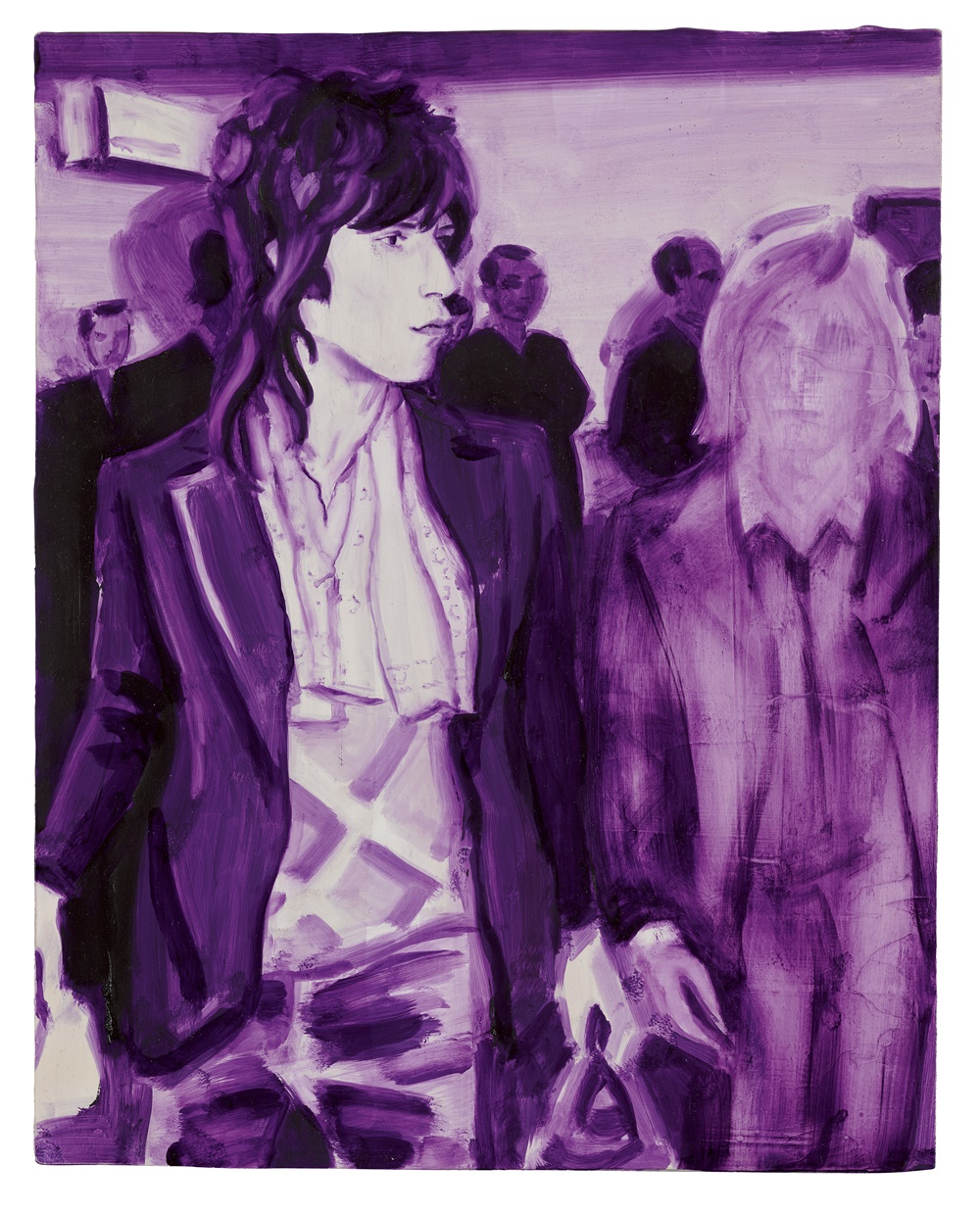
“I’m just an ordinary rich person,” the collector and New Jersey management consultant David Teiger memorably told writer Sarah Thornton in her book Seven Days in the Art World. “These young billionaires with their private jets—they’re in a different league. My ‘new money’ is now ‘old money,’ which nowadays means ‘less money.’”
Teiger, who amassed an eclectic mix of folk, modern, and contemporary art, left some of his holdings to major museums. The rest went to an eponymous foundation dedicated to support contemporary art that he established shortly before his death in 2014. Beginning in October, that foundation will sell off dozens of works, including high-wattage objects by Maurizio Cattelan, John Currin, Peter Doig, and Elizabeth Peyton.
Fifty-eight works from the collection will be offered in a single-owner sale called “The History of Now” in London this October. The remainder of the works will be sold in New York, Hong Kong, and London during 2018 and 2019. All told, the collection is expected to realize more than $100 million, which, according to Sotheby’s, will make the Teiger Foundation “one of the world’s largest and most significant contemporary art foundations.”
Teiger “fully understood the ecosystem of the art world,” said Lisa Dennison, Sotheby’s chairman, in a statement. “His patronage extended to a broad range of individuals and institutions in order to empower them to do their best work.”
Joel Wachs, the longtime head of the Andy Warhol Foundation for the Visual Arts and president of the Teiger Foundation, encouraged other collectors to follow his “visionary lead” and bequeath their own collections to charity or major institutions.
Teiger forged his own path and rejected art-world consensus, said Alex Branczik, Sotheby’s European head of contemporary art. He began collecting in earnest in the early 1990s, starting out buying American folk art. Within five years, he had amassed one of the greatest private collections in the category. His Americana will be offered in dedicated sale in January 2019.
Meanwhile, however, “an ever-increasing increasing appetite for Contemporary Art consum[ed] him for the next 20 [years],” according to Sotheby’s. Highlights of his contemporary holdings include Peter Doig’s Buffalo Station II (1997–98), estimated in excess of £6 million ($7.7 million); Glenn Brown’s The Revolutionary Corps of Teenage Jesus (2005) estimated at £700,000 to £1 million ($900,000–$1.3 million); and Mark Grotjahn’s Untitled (Yellow Butterfly Orange) (2004), estimated at £3 million to £4 million ($3.8 million–$5 million).
Notably, considering auction houses’ arms race to cultivate collectors of Western art in Asia, highlights of the London sale are due to travel to Hong Kong, Singapore, and Taipei before they head to New York on September 20.